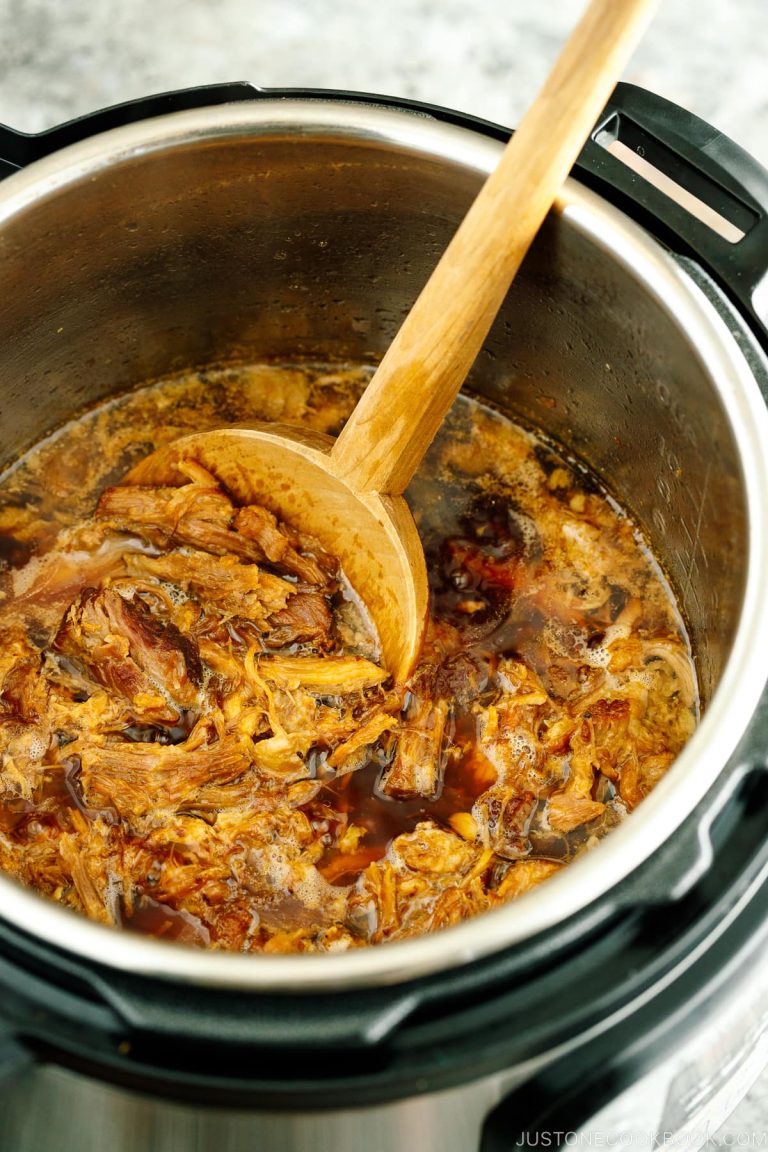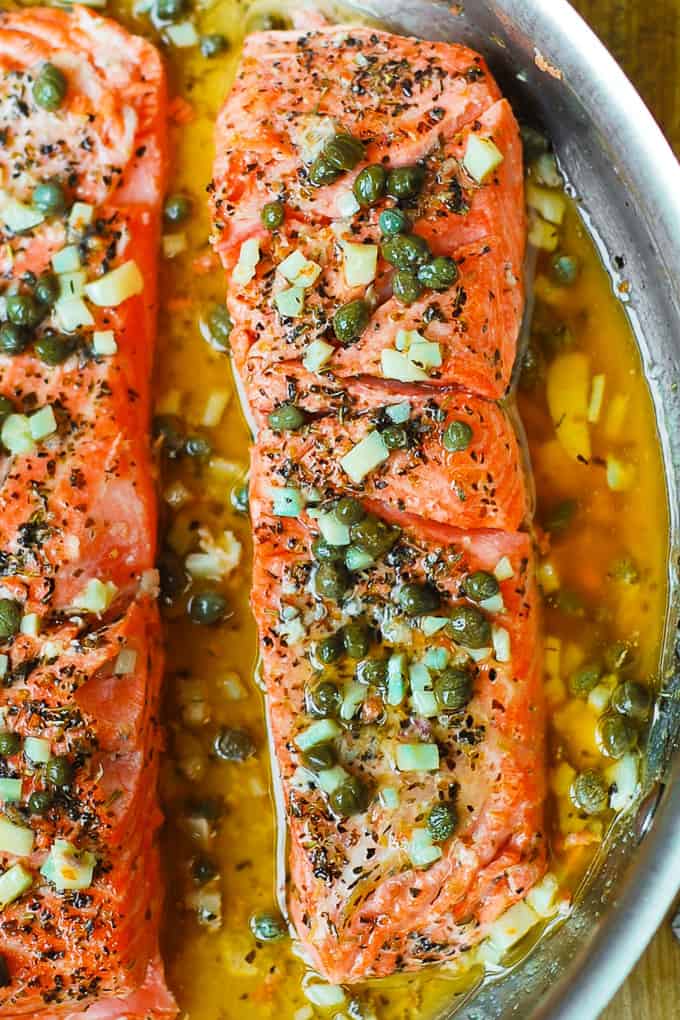Suet Pudding: Origins, Ingredients, and Modern Dietary Adaptations
Suet pudding, a staple in British culinary history, dates back to the medieval period. It gained popularity because suet, the hard fat from beef or mutton, was readily available and economical. Packed with calories, suet pudding became essential for working-class families, providing much-needed warmth during harsh winters. Historical records from the 15th century document its presence at feasts and banquets, where it was often served as a luxurious dish laden with fruits, spices, and occasionally meat.
Regional Variations
Throughout the UK, various regions developed unique versions of suet pudding, each with distinct ingredients and preparation methods. In the North of England, you find variations like the savory steak and kidney pudding. These versions incorporate diced meat and a thick gravy, enveloped in a suet crust. In the South, sweet renditions like the Sussex pond pudding emerged, featuring suet dough filled with butter, sugar, and a whole lemon. In Scotland, clootie dumpling, a spiced suet dessert, became a traditional festive treat. Each regional variation reflects local tastes and available ingredients, showing the adaptability of suet pudding across different cultures and periods.
What is Suet Pudding?
Key Ingredients
Suet pudding consists of a few core ingredients. These include flour, breadcrumbs, sugar, suet, milk, and eggs. Spices like nutmeg or cinnamon and dried fruits such as raisins or currants are often added for a sweet version. For savory variations like steak and kidney pudding, ingredients include diced beef, kidney, onions, and seasonings.
- Flour: Provides the base for the pudding.
- Breadcrumbs: Adds texture and helps bind the mixture.
- Sugar: Sweetens the pudding.
- Suet: Adds richness and moisture.
- Milk and Eggs: Bind the ingredients together.
- Spices and Fruits: Enhance flavor for sweet versions.
- Meat and Vegetables: Common in savory variations.
Understanding these ingredients helps you appreciate the balance and versatility of suet pudding.
The Role of Suet in Cooking
Suet plays a crucial role in the texture and flavor of suet pudding. Derived from beef or mutton fat, it’s a hard fat located around the loins and kidneys. Suet’s high melting point allows the pudding to develop a unique, crumbly texture while maintaining moisture. This property is essential in both sweet and savory versions. Suet also imparts a rich, meaty flavor to dishes like steak and kidney pudding, making it a vital component in traditional British cuisine.
Suet pudding showcases the importance of suet in cooking, highlighting its functional and flavorful contributions.
How to Make Suet Pudding
Traditional Recipes
Traditional suet pudding recipes hold a special place in British cuisine. To start, gather your ingredients: 8 oz flour, 4 oz suet, 2 oz breadcrumbs, 4 oz sugar, 1/2 pint milk, and 2 eggs. Mix the dry ingredients in a large bowl. Add the eggs and milk gradually to form a thick batter. Pour the mixture into a greased pudding basin and cover it tightly with greaseproof paper and kitchen foil.
Steam the pudding for 2 hours if you’re making a sweet variety. Replace sugar with a pinch of salt for savory recipes, such as steak and kidney pudding. Add diced beef, kidney, and onions to the batter. Increase steaming time to 3 hours for savory versions. Traditional recipes use a steamer or a large pot with a trivet at the bottom to keep the basin off direct heat.
Modern Twists on the Classic
Modern twists on suet pudding often use alternative fats and ingredients. Substitute vegetable suet or grated chilled butter for traditional suet. Try using whole wheat or gluten-free flour for dietary preferences. In sweet recipes, add dried fruits, nuts, or chocolate chips to the batter for extra flavor.
Experiment with baking instead of steaming. Pour the batter into a greased baking dish, cover it with foil, and bake at 350°F. Bake for 1.5 hours, then uncover and bake for an additional 30 minutes to achieve a golden brown top. For savory versions, include contemporary fillings like chicken and mushrooms or vegetarian options like lentils and vegetables.
Using a pressure cooker reduces cooking time. Place the pudding basin in the cooker, add water to just below the basin’s top, and cook on high pressure for 30 minutes for sweet puddings and 45 minutes for savory.
These modern twists offer variations that cater to different tastes and dietary needs while preserving the essence of traditional suet pudding.
Serving and Pairing Suggestions
Best Accompaniments
Suet pudding pairs well with various accompaniments that enhance its rich flavors. For savory suet pudding, consider serving it with steamed vegetables like carrots, peas, and potatoes. These vegetables provide a balance of flavors and contribute nutritious elements to the meal. For an added dimension, include a gravy made from beef or lamb stock; this complements the pudding’s savory notes and adds moisture.
For sweet suet pudding, coulis or custards offer ideal accompaniments. A berry coulis made from raspberries or blackberries introduces a tangy contrast, while a vanilla custard adds creamy sweetness. Also, consider serving it with a dollop of clotted cream or a scoop of vanilla ice cream to enhance its indulgent nature.
Occasions for Suet Pudding
Suet pudding is versatile and fits a variety of occasions. It’s a traditional dish for festive gatherings like Christmas and New Year celebrations. The rich, comforting nature of suet pudding makes it perfect for holiday meals, offering a nostalgic touch.
It’s also suitable for everyday family dinners during colder months, providing a hearty and warming dish. For special occasions or Sunday roasts, suet pudding adds an element of traditional British cuisine that’s sure to impress guests.
Consider these occasions to serve suet pudding, ensuring an enhanced dining experience.
Health Considerations
Nutritional Information
Suet pudding contains high levels of fat and calories due to its main ingredient, suet. Suet, a type of hard animal fat, brings a rich flavor and texture but highly contributes to the calorie count. A typical serving of suet pudding can contain around 300 to 500 calories, depending on the recipe and portion size. It also contains significant amounts of saturated fat, impacting your cholesterol levels.
It provides proteins from suet and other ingredients like flour and eggs, essential for muscle repair and energy. Carbohydrates, primarily from flour and any added sweeteners or fruits, offer a quick energy source, but excessive intake can lead to weight gain. Vitamins and minerals such as iron and vitamin B12 can be found if the suet is of high quality, offering nutritional benefits.
Dietary Considerations
For those managing dietary restrictions, traditional suet pudding may not be suitable. The high saturated fat content is a consideration for anyone monitoring their heart health or cholesterol levels. Alternatives to animal-based suet, like vegetable shortening or coconut oil, reduce fat content and make it suitable for vegetarians and vegans. These substitutes maintain the dish’s texture without compromising on dietary needs.
Gluten-free versions of suet pudding use alternative flours, such as almond or rice flour, ensuring those with gluten intolerance can enjoy it. For lower-calorie versions, use reduced quantities of sweeteners and alternative cooking methods like steaming over baking or frying to avoid excessive calories. Integrate high-fiber ingredients like whole grains or additional fruits to boost nutritional value while maintaining the traditional suet pudding experience.
Conclusion
Suet pudding stands as a cherished staple in British cuisine with a rich history and diverse regional variations. While its traditional form is high in fat and calories it’s possible to adapt the recipe to fit various dietary needs. By exploring alternatives like vegetable shortening or coconut oil for vegetarians and vegans or using gluten-free flours and reducing sweeteners you can enjoy this classic dish without compromising on flavor. Whether you’re a purist or looking to modify the recipe to suit your lifestyle suet pudding offers a comforting and versatile culinary experience.






